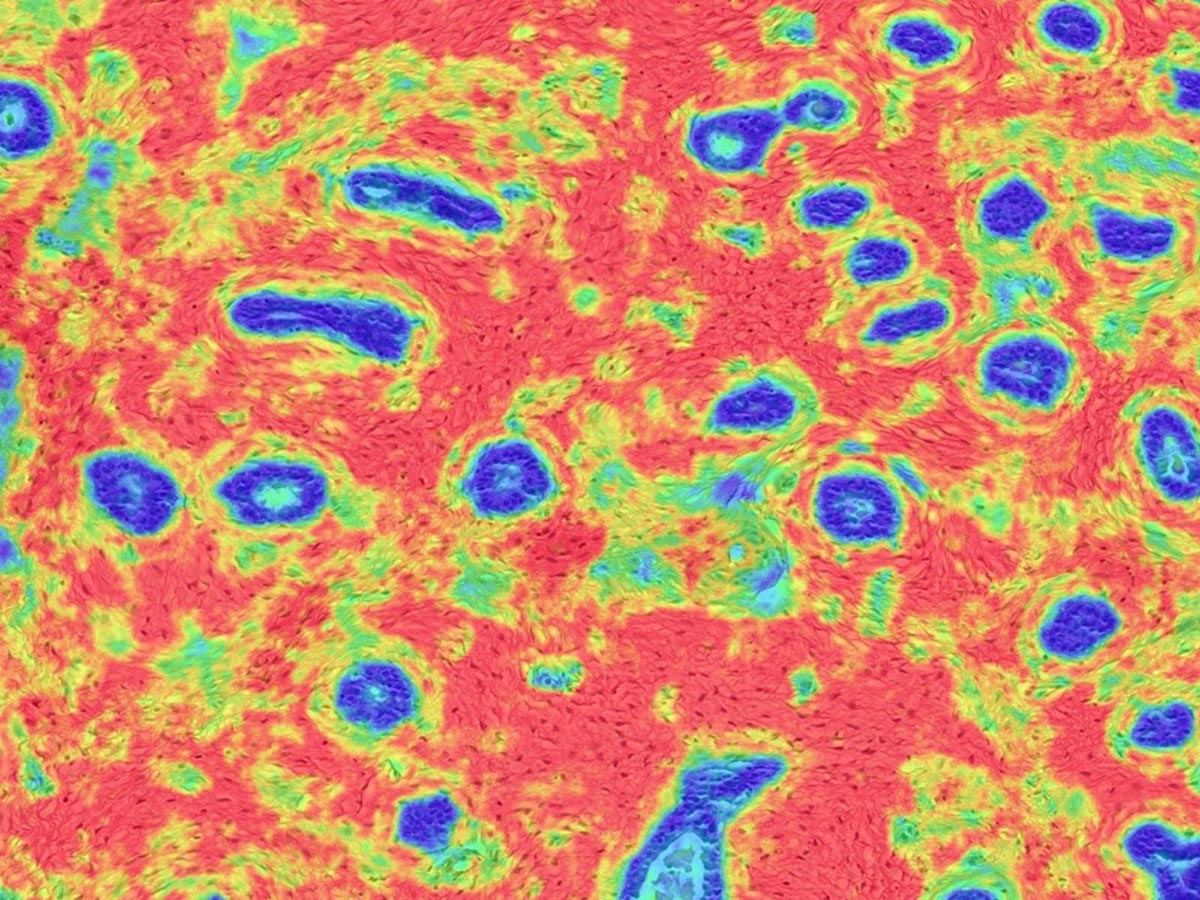Safety data and withdrawal of hepatotoxic drugs.
Autor: Babai, Samy; Auclert, Laurent; Le-Louët, Hervé
Publication year: 2021
Therapie
issn:1958-5578 0040-5957
doi: 10.1016/j.therap.2018.02.004
Abstract:
BACKGROUND AND AIM: The occurrence of drug induced liver injury (DILI) is the most common reason of post-marketing withdrawals. DILI in humans is difficult to predict using in vitro cytotoxicity screening and animal studies. A review of hepatotoxicity data was performed with the aim of identifying relevant factors that could have predicted the occurrence of serious DILI. METHODS: The drugs withdrawn from the market due to hepatotoxicity in Europe and/or in USA either by marketing authorization holders or by Regulatory agencies from 1997 to 2016 were selected. The liver safety data and the withdrawal decisions were identified from a search within the European medicine agency (EMA) website, the Food and drug administration (FDA) orange book and PubMed®. RESULTS: From 1997 to 2016, eight drugs were withdrawn from the market for hepatotoxicity reason: tolcapone, troglitazone, trovafloxacin, bromfenac, nefazodone, ximelagatran, lumiracoxib and sitaxentan. The safety data suggest that while liver test abnormalities have been detected during clinical trials, other relevant factors leading to the discontinuation of these drugs have been identified: lack of predictability of animal models, inappropriate liver function test, non-compliance with drug treatment, less attention paid to rare adverse drug reactions, unpredictable occurrence and irreversible outcome of liver toxicity. CONCLUSION: Several relevant factors may contribute to an inadequate risk management leading to the discontinuation of the drugs. Preclinical safety data are not sufficient to allow early prediction of DILI in humans and post-marketing safety monitoring and signal detection still should be used to identify potential serious cases of DILI. However, it seems that changes in Pharmacovigilance legislation with a closer management of drug safety may have contributed to the improvement of the risk minimization.
Language: eng
Rights: Copyright © 2018 Société française de pharmacologie et de thérapeutique. Published by Elsevier Masson SAS. All rights reserved.
Pmid: 29609830
Tags: Humans; Animals; *Pharmaceutical Preparations; United States; *Drug-Related Side Effects and Adverse Reactions/epidemiology; United States Food and Drug Administration; *Chemical and Drug Induced Liver Injury/epidemiology/etiology; Chemical and drug induced liver injury; Product recalls and withdrawals
Link: https://pubmed.ncbi.nlm.nih.gov/29609830/








